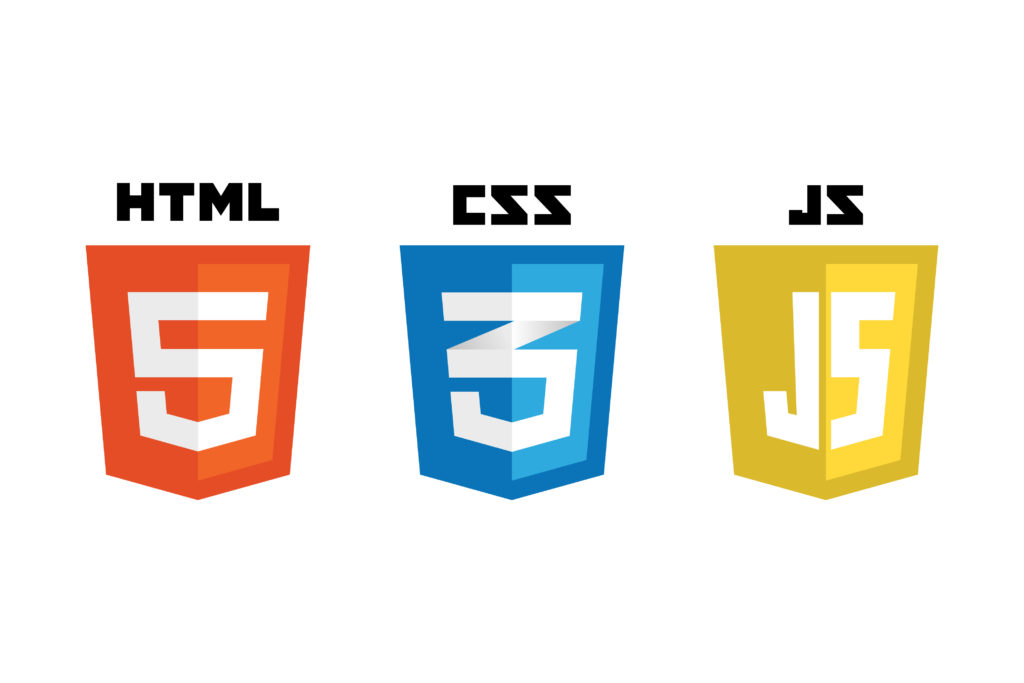as you see there are three parts to any web page on internet
-
HTML CONTENT LAYER .html 1. This is where the content of the page lives. The HTML gives the page structure and adds semantics.
-
CSS PRESENTATION LAYER .css 1. he CSS enhances the HTML page with rules that state how the HTML content is presented (backgrounds, borders, box dimensions, colors, fonts, etc.).
-
Javascript BEHAVIOR LAYER .js 1. This is where we can change how the page behaves, adding interact ivity. We will aim to keep as much of our JavaScript as possible in separate files.
THERE ARE THREE WAYS TO PUT A SCRIPT INTO HTML FILE
- BETWEEN HEAD TAGS FOR EXTERNAL JS FILE
- OR ENTERNAL BY '' TAG
IT SHOULD BE BEFORE BODY END TAG FOR MOST PRACTICE ALSO THIS WILL ALLOW TO STRUCTUER LOAD FIRST BECAUSE JAVASCRIPT RUNS WHERE IT IS FOUND IN HTML 'When the browser comes across a <script> element, it stops to load the script and then checks to see if it needs to do anything.'
A script will have to temporarily store the bits of information it needs to do its job. It can store this data in variables. When you write JavaScript, you have to tell the interpreter every individual step that you want it to perform. This sometimes involves more detail than you might expect. Think about calculating the area of a wall; in math the area of a rectangle is obtained by multiplying two numbers: width x height = area You may be able to do calcula tions like this in your head, bu t when writing a script to do this calculation, you need to give the computer very detailed instructions. You might tell it to perform the following four steps in order:
- Remember the value for width
- Remember the value for height
- Multiply width by height to get the area
- Return the result to the user In this case, you would use vari ables to "remember" the va lues for width and height. (This also illustrates how a scrip( contains very explicit instructions about exactly what you want the computer to do.) You can compare variables to short-term memory, because once you leave the page, the browser will forget any information it holds.
JavaScript distinguishes between numbers, strings, and true or false values known as Booleans. NUMERIC DATA TYPE The numeric data type handles numbers. 0.75 For tasks that involve counting or calculating sums, you will use numbers 0-9. For example, five thousand, two hundred and seventy-two would be written 5272 (note there is no comma between the thousands and the hundreds). You can also have negative numbers (such as -23678) and decimals (three quarters is written as 0.75). Numbers are not only used for things like calculators; they are also used for tasks such as determining the size of the screen, moving the position of an element on a page, or setting the amount of time an element should take to fade in.
STRING DATA TYPE The strings data type consists of letters and other characters.
Hi, Ivy! Note how the string data type is enclosed within a pair of quotes. These can be single or double quotes, but the opening quote must match the closing quote. Strings can be used when working with any kind of text. They are frequently used to add new content into a page and they can contain HTML markup. BOOLEAN DATA TYPE Boolean data types can have one of two va lues: true or false. true It might seem a little abstract at first, but the Boolean data type is actually very helpful. You can think of it a little like a light switch - it is either on or off. As you will see in Chapter 4, Booleans are helpful when determining which part of a script should run. In addition to these three data types, JavaScript also has others (arrays, objects, undefined, and null) that you will meet in later chapters. Unlike some other programming languages, when declaring a variable in JavaScript, you do not need to specify what type of data it will hold.
-
The name must begin with a letter, dollar sign ($),or an underscore (_). It must not start with a number.
-
name can contain letters, numbers, dollar sign ($), or an underscore (_). Note that you must not use a dash(-) or a period (.) in a variable name.
-
You cannot use keywords or reserved words. Keywords are special words that tell the interpreter to do something. For example, var is a keyword used to declare a variable. Reserved words are ones that may be used in a future version of JavaScript.
-
All variables are case sensitive, so score and Score would be different variable names, but it is bad practice to create two variables that have the same name using different cases.
-
Use a name that describes the kind of information that the variable stores. For example, fi rstName might be used to store a person's first name, l astNarne for their last name, and age for their age.
-
If your variable name is made up of more than one word, use a capital letter for the first letter of every word after the first word. For example, f i rstName rather than fi rstnarne (this is referred to as camel case). You can also use an underscore between each word (you cannot use a dash).
